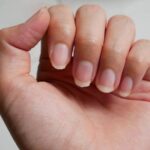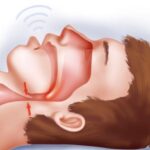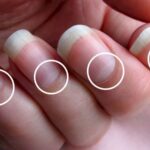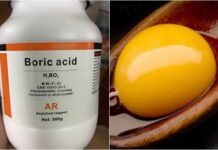Pale or White Nails
Sign: Nails appear abnormally pale or white, lacking a healthy pink hue.
Implication: This could indicate anemia, iron deficiency, or liver issues such as hepatitis. In some cases, completely white nails may simply be a harmless sign of trauma.
Action: Get a blood test to check for anemia or consult a doctor regarding your liver health if jaundice is also present.
Yellow Nails
Sign: Nails turn yellow, sometimes becoming thick or brittle.
Implication: Often associated with fungal nail infections, lung conditions, or, in rare cases, yellow nail syndrome. Regular use of nail polish can also cause nail discoloration.
Action: Consult a dermatologist to test for fungal infections or other underlying conditions.
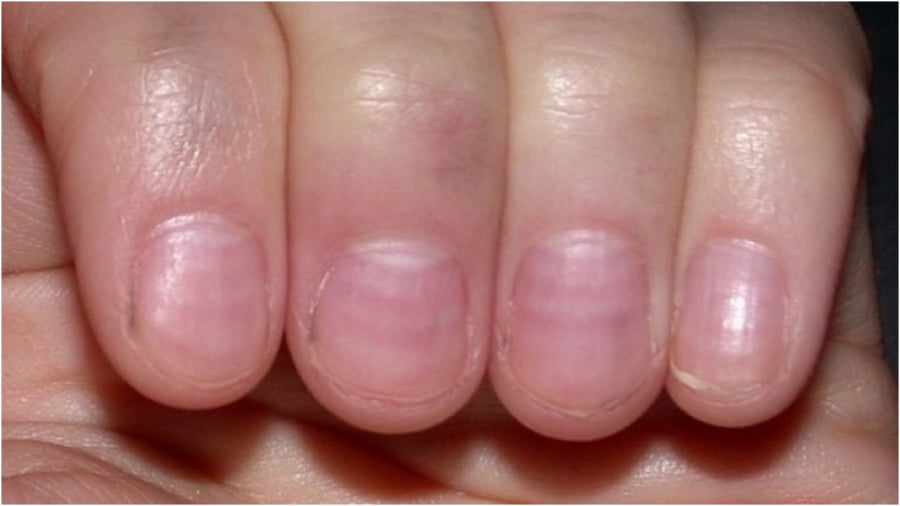
Nails with White Stripes or Spots
Sign: White horizontal stripes or small white spots appear on the nails.
Implication: Small white spots are usually the result of minor trauma or nutritional deficiencies, such as a lack of zinc or calcium. Horizontal stripes may indicate an interruption in nail growth due to stress, illness, or malnutrition.
Action: Improve your diet to include more nutrient-rich foods or consult a doctor if multiple white stripes appear.
Blue or Purple Nails
Sign: Nails appear blue or purple, particularly at the base of the nail bed.
Implication: This could be a sign of oxygen deprivation in the blood, often associated with lung or heart conditions. This may also occur when the body is excessively cold.
Action: Seek immediate medical attention if blue nails are accompanied by shortness of breath or fatigue.
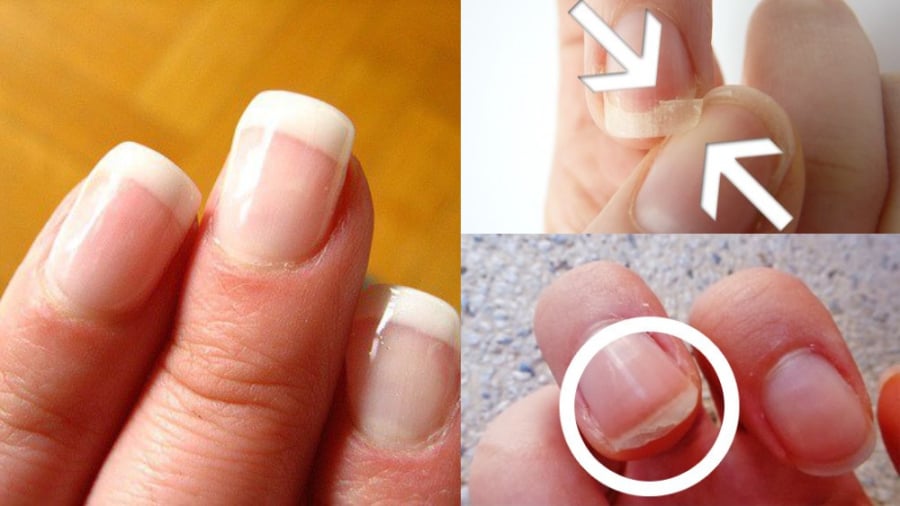
Concave or Convex Nails
Sign: Nails are either spoon-shaped (concave) or abnormally convex.
Implication: Concave nails may be linked to iron-deficiency anemia or hemochromatosis (iron overload). Convex nails could indicate psoriasis or arthritis.
Action: Get a blood test to check iron levels or consult a dermatologist.
Brittle or Splitting Nails
Sign: Nails are fragile, prone to splitting, or peeling in layers.
Implication: This could be due to a biotin deficiency, dehydration, or frequent exposure to chemicals. In some cases, it may indicate a thyroid disorder or protein deficiency.
Action: Increase your biotin intake, keep your nails dry, and wear gloves when working with chemicals.
Tips for Healthy Nails
Nail Care: Keep your nails clean, neatly trimmed, and well-moisturized.
Diet: Ensure your diet includes protein-rich foods and nutrients like biotin, zinc, and iron for stronger nails.
Regular Check-ups: If you notice persistent abnormalities in your nails, consult a doctor for a general health check-up.
Note: These signs and symptoms related to nail health are for reference only. For an accurate diagnosis, please seek medical advice and testing from a healthcare professional.
The Golden Key to Nurturing Healthy Blood: The Overlooked Simple Secret
“Blood is life” is a well-known saying, but not many understand the true essence of maintaining healthy blood flow and its nourishment to the body. The secret to a well-nourished circulatory system is surprisingly simple and can be easily implemented at home – it’s just a matter of knowing where to start.

























